Have you ever watched fish gracefully glide through the water and wondered what’s going on in their minds? Fish might seem like simple creatures, but their behavior is surprisingly complex. They can be social butterflies, forming elaborate schools, or territorial loners, fiercely guarding their space. But how much do we know about fish behavior?
Content Table
Well, this blog post is all about analyzing fish behavior! Explore their social interactions, problem-solving, parental care fish behavior, and how weather affects fish. In the end, you can learn to recognize signs of betta fish behavior before death.
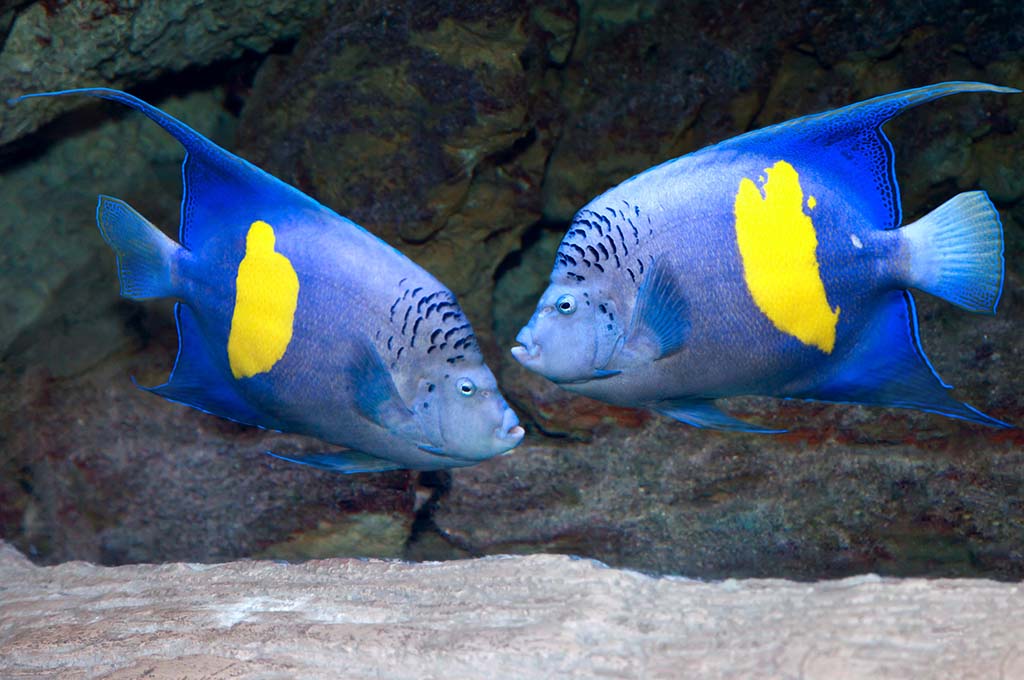
Fish Behavior
Fish behavior is a highly complex and debated topic. In simple terms, we can say fish behavior refers to anything related to their common behavior in situations such as schooling, aggression, breeding, and much more. Let’s explore each of them one by one.
1. Schooling/Social Behavior
This is a group behavior that allows fish to swim together coordinately, usually for protection from predators. The collective reaction of schooling fish is swift and presents great difficulty to predators in finding a fish to hunt as they tend to move in a mass. Salmon and herring are among prominent fish species that are described to form schools comprising tens of millions of individuals!
2. Aggressive Behavior
Fish can exhibit aggressive behavior towards each other for a variety of reasons such as competition for resources, dominance, defense, and parental care. For instance, male betta fish are extremely aggressive to their other specimens as well and are observed to kill each other.
In a territory regulation, the dominant fishes actively show aggression towards other fishes to secure their place within the hierarchy. This way of acting can help to keep or maintain social order and to reduce intergroup conflict.
Other than that, fish will show aggression if they sense any intrusion from another fish. There are some types of fish, e.g., cichlids, that express aggression to protect the children. Parents’ fish would drive away into a distance all of those predators who become too close to their young.
3. Mating/Spawning Behavior
Many fish have a difficult and long journey to get to mature. Take salmon whose mature adults migrate up the rivers even miles to spawn in the freshwater in which they hatched.
Conversely, some fish like the cichlids build complicated nests to lure mates and keep eggs safe. The nests can be made from sand, gravel, or even plants.
Several fish species have complex courting rituals which help them find their soul mates. These exhibits are supposed to be colored and many of them are like fins or body movements. Male guppies show off their brightly colored bodies to female guppies in an attempt to attract them.
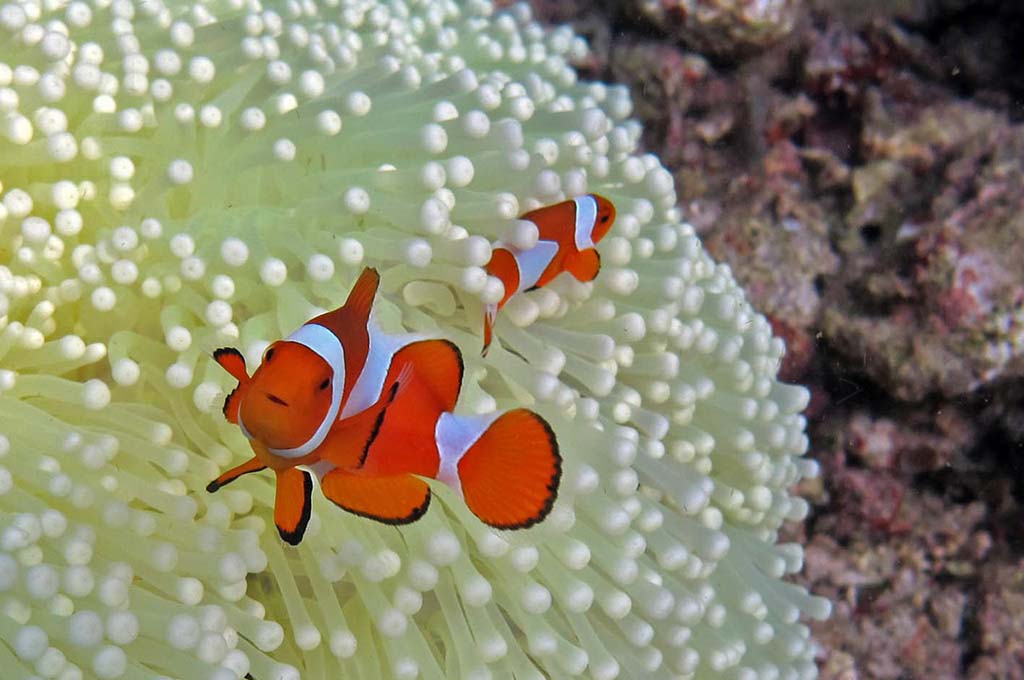
4. Breeding/Feeding Behavior
Breeding and feeding behaviors are likely to be well-related. For example, Salmon undergoes a big migration upstream to reach their breeding sites, where both food and spawning energy are in abundance. Similarly, some reef fish may gather around a coral structure that provides a home, which is both used as the breeding habitat and a rich source of food for larvae.
Most walk along seasonal feeding, following the movement of a particular food source as it swims away or as the population of plankton increases. Fish follow several ways to hunt for food using sight, smell, and taste.
Some fish, such as the electric eels, use electric fields to stun prey, and other fish, such as the angler fish, use lures to tempt other fish away.
5. Problem-Solving Behavior
Fish are caught largely engaging in complex problem-solving behavior. By watching and experiencing, they gain insights and can even use those to find solutions to novel tasks. Just like archerfish, they may learn how to blow water droplets to fall to the insects on the leaves, making them casualties of the water.
Furthermore, research has found that some fish species can find their way through mazes or open containers to get food. This skill of dealing with difficulties contributes to the existence of the fish in a quite hostile environment.
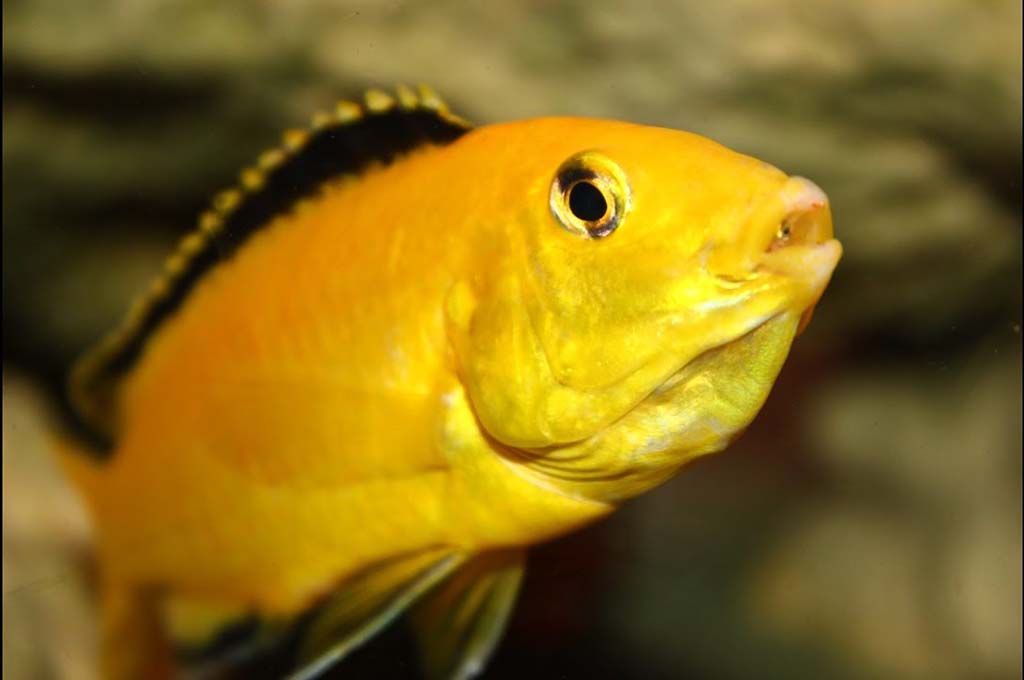
How does Weather Affect Fish Behavior?
Weather and environment play a big role in how fish behave. Here’s how some weather elements can influence them:
- Water Temperature
Fish are cold-blooded, so the water temperature has a major impact on their activity level. Warm water means more energy for fish, making them more active and hungrier. They’ll be on the hunt for food and more likely to bite. In colder water, fish become sluggish and less interested in feeding. They may move to deeper waters where temperatures are more stable.
- Barometric Pressure
Fish can sense changes in air pressure, which often precedes weather events. A pressure drop can signal an approaching storm. During these times, fish may become less active or even hide. Conversely, rising pressure associated with stable weather can trigger increased activity and feeding.
- Wind and Rain
Strong winds and rain can stir up the water, making it murky. This can affect fish that rely on sight to find food. In murky water, fish may use their lateral line, which senses vibrations, to find prey. Lures that create vibrations can be more effective in these conditions. Wind can also push smaller fish closer to shore, making them easy pickings for predator fish.
- Light
Changes in light intensity can also affect fish behavior. Some fish are more active when light levels are lower at dawn and dusk. This is likely because these times offer feeding and predator avoidance advantages.
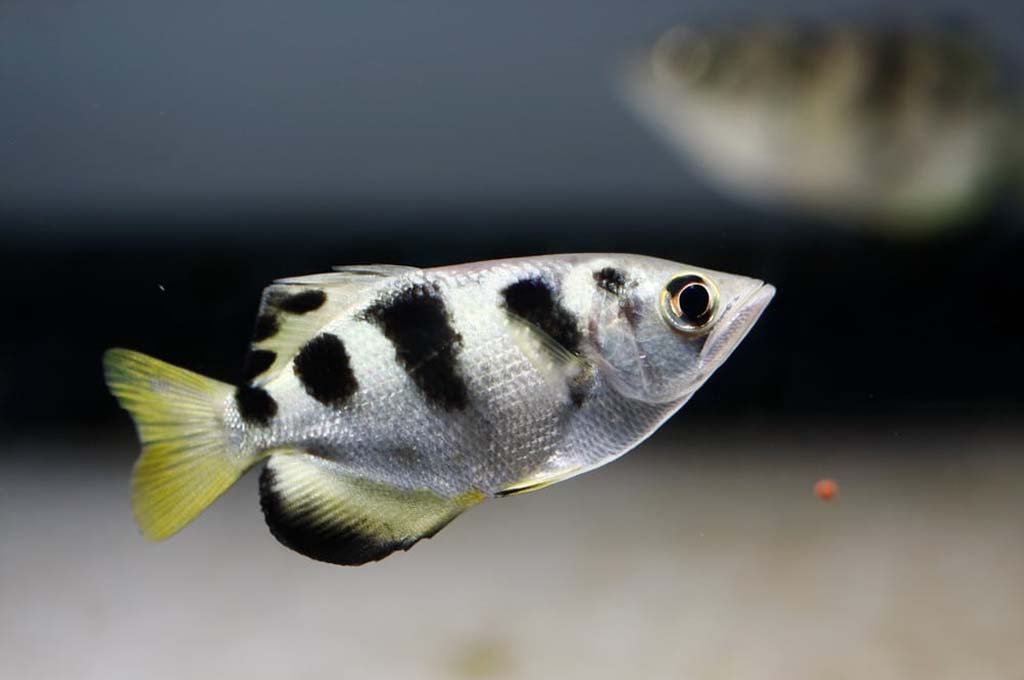
Parental Care Fish Behavior
Parental care in fish is amazing behavior, which occurs when one or both parents devote their effort and time to ensure their offspring remains safe. Here are some examples of parental care behavior.
- Mouthbrooding: In mouth brooding, one parent, typically the male, carries the fertilized eggs in their mouth until they hatch. This protects the eggs from predators and keeps them clean and well-oxygenated. The African cichlid, for example, is a well-known mouth brooder.
- Nest Guarding: In nest guarding, one or both parents will guard the eggs after they are laid. This protects the eggs from predators and ensures that they are properly fertilized. Clownfish famously guard their eggs, which are laid on anemone tentacles.
- Bubble Nesting: Bubble-nesting fish, like the Siamese fighting fish (Betta fish), build nests out of bubbles at the water’s surface. The male will then guard the nest and care for the eggs and fry after they hatch.
- Biparental Care: In some fish species, both parents will work together to care for their young. This may involve both parents guarding the eggs or taking turns carrying the fry in their mouths.
Betta Fish Behavior Before Death
A decrease in activity may be a sign of age-related changes in the Betta fish nearing the end of its life. They may stay at the bottom for most of the time or disappear in hiding places, thus, their appetite decreases. Colors may become faded; fins are closed tight to the body. These are all things to look at if you’re worried about your Betta fish.
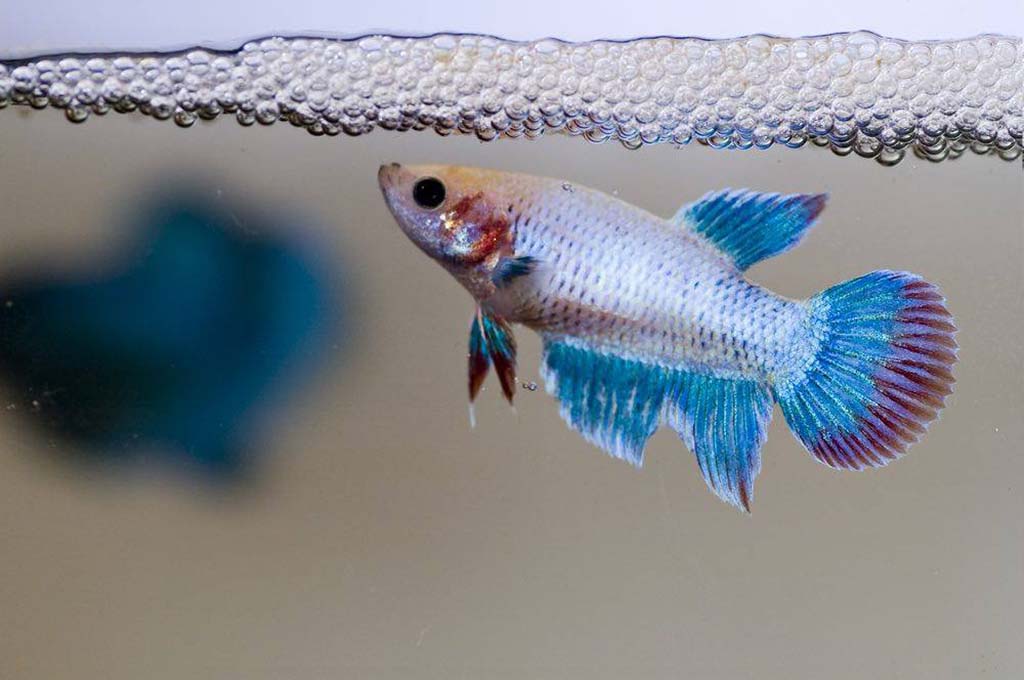
Summary
In short, fish come out as being a very behaviorally diverse group that can exhibit behaviors from schooling, and aggression, to breeding and problem-solving. On top of that, they are contributed by weather conditions like water temperature and barometric pressure. We have also provided details about betta fish behavior before death, so you can take appropriate action to avoid the mishap. Having a grasp of such behavior will enable you not only to ensure that the fish in your fish tank is well catered for but also to become a skilled fish keeper.


Leave a comment